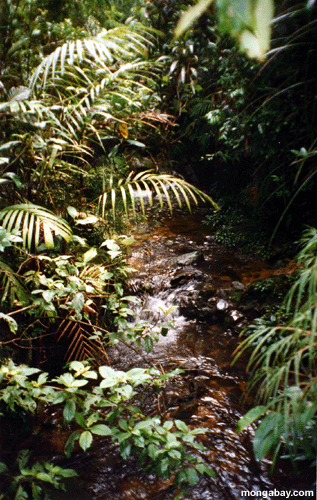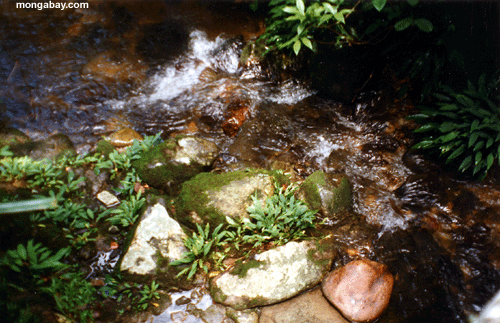Southeast asian biotop, stones yes or no???
Posted: Wed Jul 04, 2007 8:10 pm
I am giving my best to give my clown loaches the most looking "natural home" enviroment I possibile can. Even buying RO next week, to make water parameters ideal for them.
Anyway, I got this very silly information that I personally find hard to believe, so i decided to ask you more experienced Botias guys and gals
I know clowns dont care from what material their hiding places are made, but I do.
Right now I use 3 driftwoods, covered with java moss and Microsorum pteropus attached on those driftwood. A lot of space in cave, very little light and I even keep riccia fluitans above to meke even less light.
Guys love it, I know that by seeing them all the time swiming around = not hidding, they are less shy, in short - they like their cave and in case of "danger" they are right in there.
Anyway. I got better scenario for cave that includes some stones. And i suddenly get information from some people that claim that: " there are very few stones in Clown Loaches natural habitat and you should stick with cave made of wood or roots etc..."!
How true this statement is? I find it silly, but since I dont go very often to Borneo or Sumatra, I cant really know. I enyoj in making it look as natural as possibile for them. Anybody from Borneo in here ?
I enyoj in making it look as natural as possibile for them. Anybody from Borneo in here ? 
p.s. there is one interesting thing. All "plans" all suggestions from various internet sites, books regarding "southeast asian biotope", almost never include - stones !
Anyway, I got this very silly information that I personally find hard to believe, so i decided to ask you more experienced Botias guys and gals
I know clowns dont care from what material their hiding places are made, but I do.
Right now I use 3 driftwoods, covered with java moss and Microsorum pteropus attached on those driftwood. A lot of space in cave, very little light and I even keep riccia fluitans above to meke even less light.
Guys love it, I know that by seeing them all the time swiming around = not hidding, they are less shy, in short - they like their cave and in case of "danger" they are right in there.
Anyway. I got better scenario for cave that includes some stones. And i suddenly get information from some people that claim that: " there are very few stones in Clown Loaches natural habitat and you should stick with cave made of wood or roots etc..."!
How true this statement is? I find it silly, but since I dont go very often to Borneo or Sumatra, I cant really know.
p.s. there is one interesting thing. All "plans" all suggestions from various internet sites, books regarding "southeast asian biotope", almost never include - stones !

